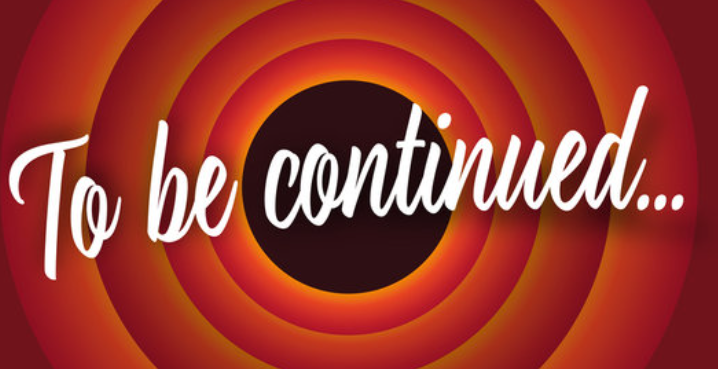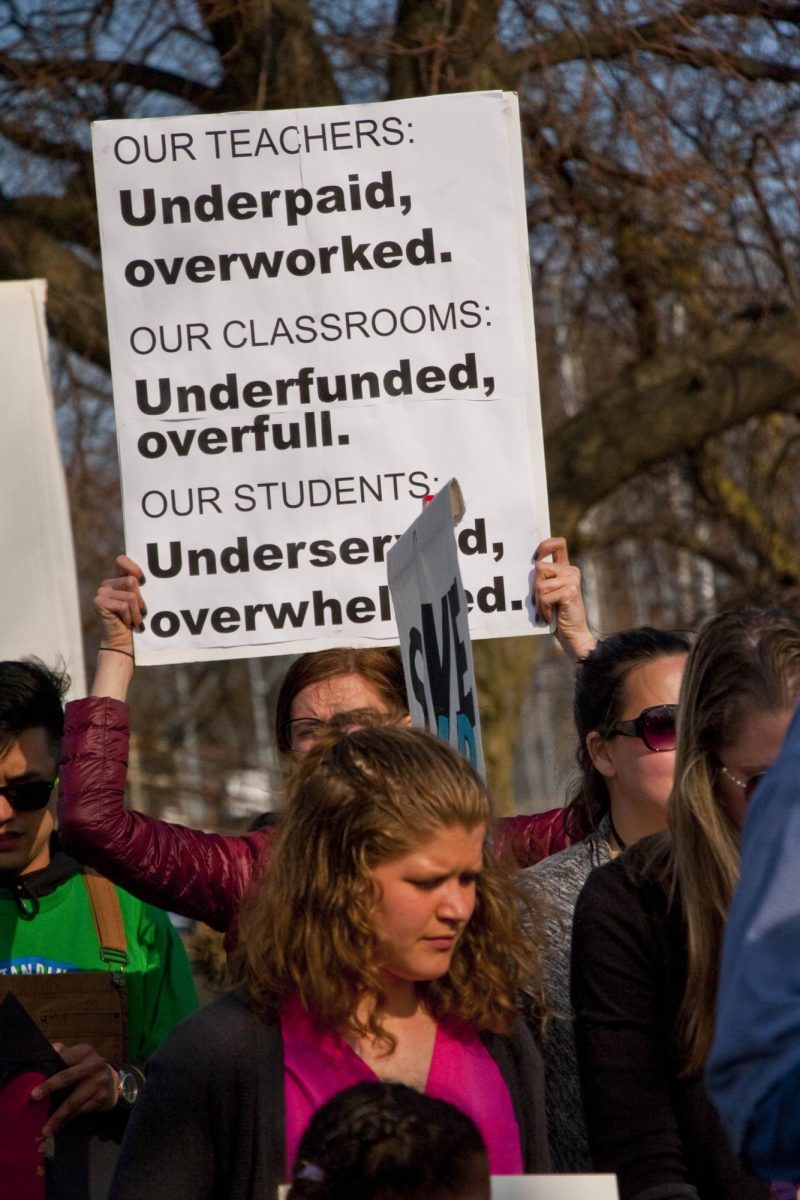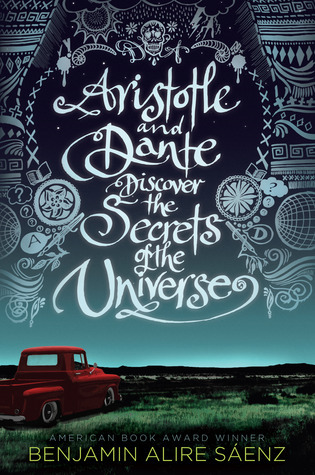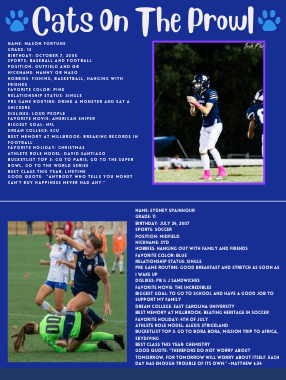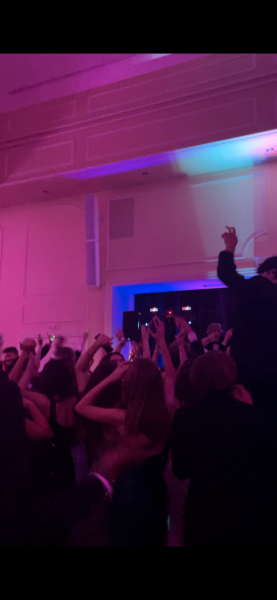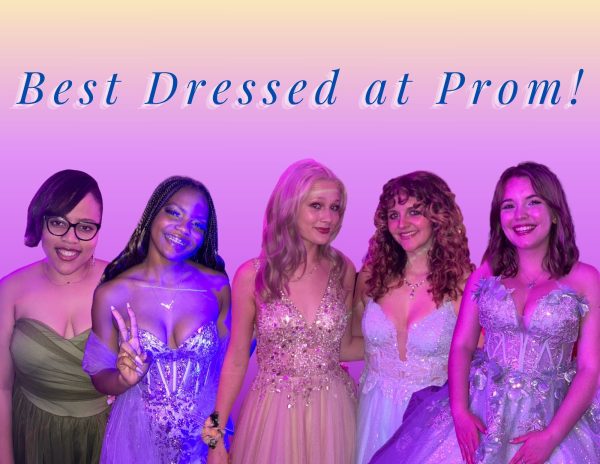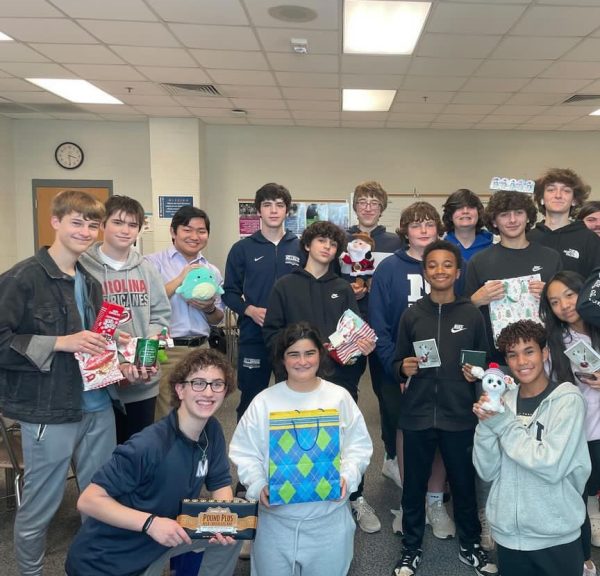Predicting the unpredicted
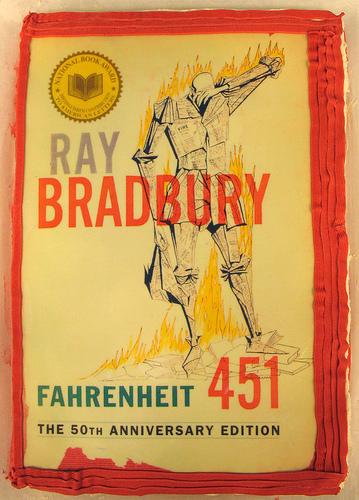
A popular novel by Ray Bradbury, Fahrenheit 451 is a novel that accurately predicted devices used in the future. TV show and movies like The Simpsons predicted the future, too.
October 28, 2015
Whether it is a novel, a movie on the big screen, or a TV show, scriptwriters and writers have been predicting the future for decades. Beginning in the late 1800’s, several authors and screenwriters used their creativity to develop futuristic ideas and thoughts within their writing. From science fiction to hyper-realistic worlds in movies, various instances have been predicted and many have become a reality with time.
According to a poll, when Millbrook’s students were asked, “Which movie, book, or TV show best predicted the future?” five main answers were given. From the choices, The Simpsons was the most popular choice, receiving 34.4% of the vote. The runner ups were Fahrenheit 451 by Ray Bradbury with 21.9% and Back to the Future with 25% of votes. Junior Sidney Shealey said, “I feel like Back to the Future has predicted how our technology has advanced including tablets and wireless videogames which are relevant now in 2015. It also didn’t predict several other things though.”
Known for predicting the future, The Simpsons is first up from the list of TV shows that can see what has yet to come. For example in 2000, the TV show predicted Donald Trump running for office. In the episode, Trump was elected into office and brought the country into extreme debt. Aside from presidential candidates, The Simpsons has had episodes where various Apple devices were portrayed. Also predicted by The Simpsons was autocorrect. In that scene, one character was holding an Apple iPhone-like device and attempted to type “Beat up Martin” but autocorrect changed it to “Eat up Martha.”
A spike in technology could have been represented by the comparison between modern day headphones and the objects used in Ray Bradbury’s Fahrenheit 451. In the novel, characters walked around their world with seashell-shaped devices in their ears, which can be related to earbuds used today by millions around the world. In addition to earbuds, Orwell’s novel discusses screens on walls where people can write to each other, similar to social medias like Facebook and Twitter.
The famous movie from the Back to the Future series, Back to the Future II (1989) portrayed lead character Marty McFly riding upon a hover board in 2015. Lexus, the internationally known luxury car manufacturing company, has created a prototype for a hover board. This futuristic device drifts inches above the ground using magnetic technology from superconductors, but the board can only be used over a magnetic field unlike Marty’s. “I don’t think they accurately predicted the future because it’s all about flying cars and holograms and stuff which we still don’t have,” said freshman Emily Peek. Good thing we still have the future to discover how to make cars fly.
Another movie made only made a few years before the Back to the Future series was West World (1973). West World, an animatronic-run theme park, was a brand new attraction to Americans in the movie for only $1,000 a day. Today, many theme parks use animatronics and robots to represent characters from movies, too. Aside from movies, robots have been used more recently for educational purposes. In NC State University’s Hunt library, robots bring and return books for users of the library. It would be cool to have robots like that in Millbrook’s library.
From headphones to hover boards, the future can never be over-predicted. The marvels of technology that fulfilled the ideas created from the past are still to this day being created to this day. Who knows, maybe books written today may even predict technology of the future.



